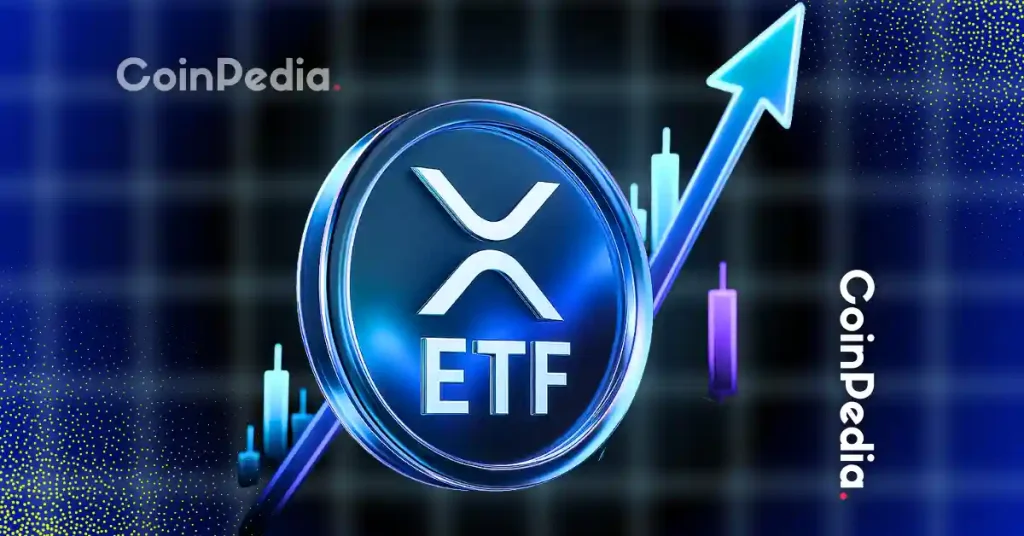Bloomberg Analyst Reveals Why XRP and ADA ETFs Are Poised for Approval Next
Wall Street's ETF machine eyes its next crypto targets—and the big names aren't Bitcoin or Ethereum.
The Regulatory Green Light
XRP's legal clarity and ADA's proof-of-stake architecture position both assets as regulatory-friendly contenders. Bloomberg analysts note these characteristics align perfectly with SEC preferences for ETF approvals—something traditional finance definitely didn't see coming.
Market Structure Advantage
Liquidity profiles and institutional custody solutions have matured faster than treasury yields climbed. That infrastructure readiness gives XRP and ADA a practical edge over smaller altcoins when ETF providers evaluate viability.
The Institutional Demand Question
While crypto natives cheer, traditional funds remain skeptical about client appetite for 'alternatives to the alternatives'—but since when has Wall Street ever turned down a new fee generator?
Watch for filings within the next two quarters. Because nothing accelerates regulatory acceptance like the prospect of collecting assets under management.

The conversation around crypto exchange-traded funds (ETFs) is no longer about if they will expand beyond Bitcoin and Ethereum, but when. Analysts say the U.S. Securities and Exchange Commission (SEC) is preparing to broaden the playing field, and if that happens, Wall Street could soon see a rush of new altcoin ETFs.
Which Tokens Are Ready?
According to Bloomberg ETF analyst James Seyffart, several tokens appear ready to fit within the SEC’s developing framework. These include well-established names such as Chainlink (LINK), Stellar (XLM), Bitcoin Cash (BCH), Avalanche (AVAX), Litecoin (LTC), Polkadot (DOT), Solana (SOL), Dogecoin (DOGE), and Shiba Inu (SHIB).
Ripple’s XRP and Cardano’s ADA also look like strong candidates, thanks to their futures markets and relatively deep liquidity. bitcoin and Ethereum, already ETF staples, would of course remain at the center of this ecosystem.
Seyffart explained that many of these tokens already meet what are known as “generic listing standards,” meaning they could be fast-tracked once approval is granted.
Lessons From Ethereum’s Slow Start
Still, there are lessons to be learned from the ethereum ETF rollout. After the overwhelming success of Bitcoin ETFs, expectations for Ethereum products were sky-high. Instead, the Ethereum ETFs launched into a sluggish market last July and failed to generate significant inflows.
Part of the problem was timing. Wall Street advisers barely had time to understand Bitcoin ETFs before Ethereum was added to the mix. In addition, staking, a key feature of Ethereum, was not available in a traditional ETF wrapper. Seyffart says that once staking becomes formally allowed, demand could pick up sharply.
The analyst then said that if the SEC truly opens the ETF floodgates, Wall Street could see a quick expansion of altcoin investment products. But not every token will shine. Demand is likely to be concentrated in a handful of well-known assets such as Solana, XRP, and Cardano, with broader diversification coming through basket products.

